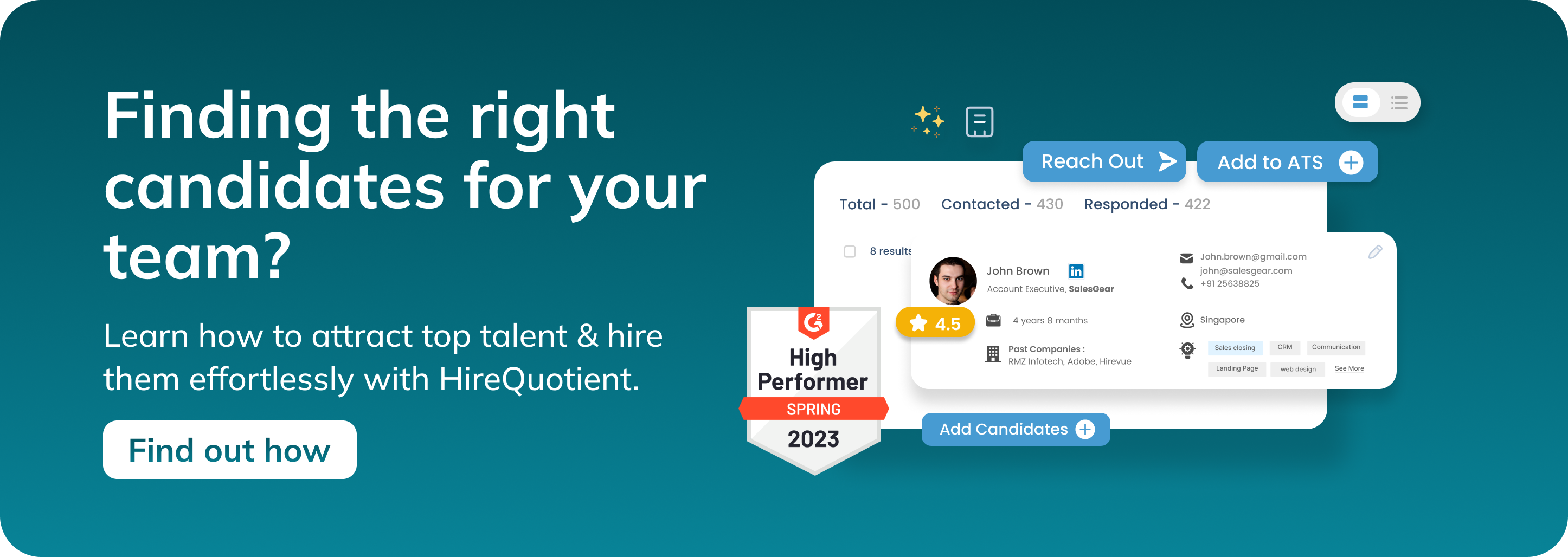HRMS: Redefining Human Resources Definition for the Modern Workforce
Published on June 6th, 2023
Organizations constantly seek ways to optimize their human capital and streamline HR processes. At the forefront of this revolution is the Human Resource Management System (HRMS), a comprehensive software solution that has reshaped how human resources (HR) functions operate. But before diving into the functionalities and importance of HRMS, it's crucial to understand the human resources definition and its evolving role in organizations.
Human Resources Definition
Human resources refers to the department or function within an organization responsible for managing its employees, also known as its workforce. This includes recruiting, hiring, training, compensating, and ensuring the well-being of employees.
In essence, human resources focuses on maximizing employee performance to meet the organization's strategic goals. With the advent of technology, this HR function has evolved, and systems like HRMS play a critical role in automating and enhancing these processes.
Definition of Human Resource Management System
A Human resource management system is a robust software solution that integrates various human resources functions into a unified platform. These systems help HR professionals automate and manage key HR responsibilities such as recruitment, employee data management, and payroll. By utilizing HRMS, organizations ensure that they are maximizing the potential of their human resources to meet business objectives.
Understanding the Functionality
The primary objective of an HRMS is to streamline and automate human resources processes, freeing up HR professionals to focus on strategic initiatives. Here's how HRMS impacts the human resources functions:
- Recruitment and Applicant Tracking: HRMS systems simplify human resources tasks by providing modules that streamline the entire recruitment process, from creating job postings to tracking candidate progress.
- Employee Data Management: Acting as a central repository, an HRMS manages employee data, ensuring the accuracy and organization of critical human resources information.
- Payroll and Benefits Administration: HRMS systems automate human resources processes related to payroll, making the benefits administration more efficient and compliant with regulations.
- Performance Management: HRMS systems streamline the performance management process, helping human resources professionals align individual employee goals with the organization's broader objectives.
- Employee Self-Service: With self-service portals, employees can update their information, participate in training programs, and access essential human resources tools with ease.
Significance of HRMS
The adoption of an HRMS brings several significant benefits to the human resources department and the organization as a whole:
- Improved Efficiency: By automating tasks and streamlining processes, HRMS software enhances the efficiency of human resources, allowing professionals to focus on strategic initiatives.
- Enhanced Data Accuracy and Accessibility: As a centralized repository, an HRMS improves the accuracy of human resources data, empowering HR teams to make better-informed decisions.
- Compliance Management: HRMS systems assist human resources in ensuring compliance with labor laws and regulations, helping organizations avoid legal issues.
- Improved Employee Experience: With self-service functionalities, HRMS software enhances the employee experience, which is a critical focus of modern human resources practices.
- Scalability and Adaptability: As organizations grow, so do their human resources needs. HRMS offers the scalability required to accommodate these evolving demands.
History of HRMS
The evolution of human resources technology has seen remarkable advancements. From the early days of HR software to the rise of cloud-based solutions, HRMS has continually adapted to meet the needs of human resources professionals.
- 1980s: Basic HR tasks like payroll were automated, marking the first major technological shift in human resources management.
- 1990s: HRIS systems introduced more advanced functionality, and human resources processes like performance management and training became integrated into these systems.
- Early 2000s: Web-based solutions provided greater accessibility to human resources systems, allowing employees to interact with HR processes remotely.
- Mid-2000s: Cloud-based HRMS emerged, giving human resources departments unprecedented scalability and flexibility.
- 2010s and Beyond: AI and predictive analytics are now being integrated into HRMS, helping human resources teams make better decisions, improve workforce planning, and elevate the employee experience.
Conclusion
The evolution of human resources and the role of HRMS is critical for organizations seeking to optimize their workforce management. HRMS allows businesses to focus on strategic initiatives and improve the overall employee experience by automating essential human resources tasks and offering greater data accuracy. As human resources continues to evolve, HRMS remains at the forefront, driving efficiency and fostering better workplace dynamics.
Related topics:
Hire the best without stress
Ask us how
Never Miss The Updates
We cover all recruitment, talent analytics, L&D, DEI, pre-employment, candidate screening, and hiring tools. Join our force & subscribe now!
Stay On Top Of Everything In HR


